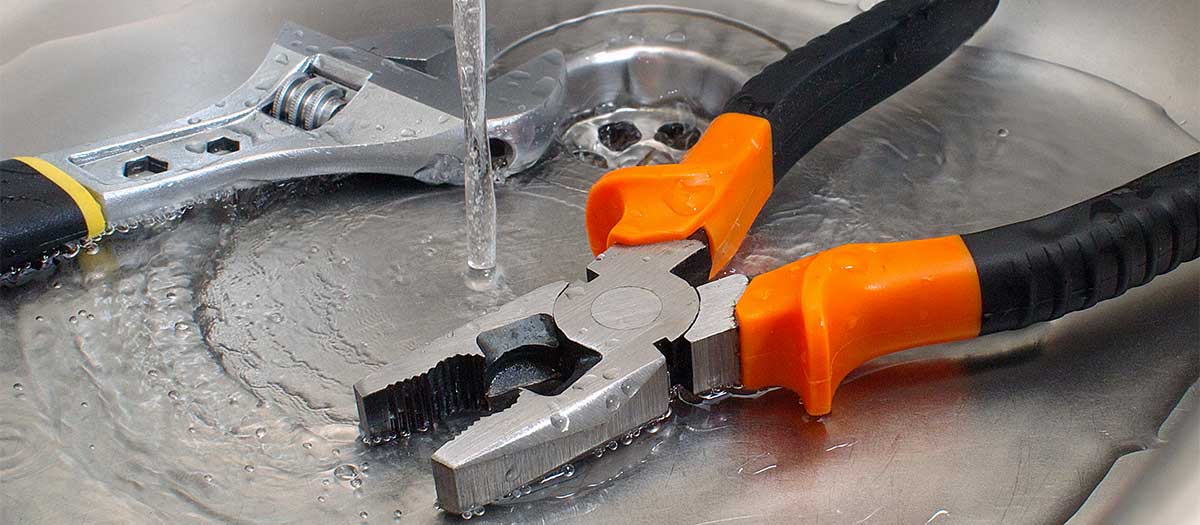6 Ways to Locate Hidden Water Leaks in Your Home
6 Ways to Locate Hidden Water Leaks in Your Home
Blog Article
Just how do you feel when it comes to Finding hidden leaks?

Early detection of leaking water lines can alleviate a possible disaster. Some tiny water leakages might not be noticeable.
1. Examine the Water Meter
Every home has a water meter. Inspecting it is a guaranteed way that aids you find leakages. For starters, switch off all the water resources. Make sure no person will certainly purge, utilize the faucet, shower, run the washing maker or dishwashing machine. From there, go to the meter and also watch if it will change. Because no person is using it, there should be no activities. If it relocates, that indicates a fast-moving leakage. If you discover no changes, wait an hour or 2 and also check back once again. This means you might have a slow leak that might also be below ground.
2. Inspect Water Usage
Analyze your water bills and track your water intake. As the one paying it, you must observe if there are any kind of discrepancies. If you find sudden changes, regardless of your intake being the same, it means that you have leaks in your plumbing system. Bear in mind, your water bill must drop under the exact same range monthly. An unexpected spike in your costs indicates a fast-moving leak.
At the same time, a stable increase every month, despite the very same routines, reveals you have a slow leakage that's also slowly intensifying. Call a plumber to completely check your building, specifically if you really feel a cozy area on your floor with piping underneath.
3. Do a Food Coloring Test
When it concerns water intake, 30% originates from bathrooms. Test to see if they are running correctly. Drop flecks of food shade in the storage tank as well as wait 10 minutes. If the color in some way infiltrates your bowl during that time without flushing, there's a leak in between the tank and also bowl.
4. Asses Outside Lines
Don't fail to remember to examine your exterior water lines also. Examination spigots by attaching a yard tube. Ought to water permeate out of the link, you have a loose rubber gasket. Change this and make certain all links are limited. It will certainly assist obtain it skillfully analyzed as well as preserved every year if you have actually obtained a sprinkler system. One little leakage can throw away lots of water and also surge your water expense.
5. Examine as well as Assess the Circumstance
House owners ought to make it a practice to inspect under the sink counters and even inside closets for any kind of bad odor or mold development. These 2 warnings suggest a leakage so prompt focus is needed. Doing regular assessments, even bi-annually, can save you from a major issue.
Much more notably, if you know your home is already old, maintain a watchful eye on your heating units, tubes, pipes etc. Look for discolorations as well as damaging as most appliances and pipelines have a life expectancy. They will likewise normally weaken as a result of wear and tear. If you think leaking water lines in your plumbing system, do not wait for it to escalate. Call a specialist plumber right now so you don't end up with an awful mess in your house.
Early detection of dripping water lines can alleviate a prospective catastrophe. Some small water leakages might not be noticeable. Inspecting it is a guaranteed method that helps you find leaks. One little leakage can throw away lots of water and also surge your water expense.
If you suspect leaking water lines in your plumbing system, don't wait for it to escalate.
WARNING SIGNS OF WATER LEAKAGE BEHIND THE WALL
PERSISTENT MUSTY ODORS
As water slowly drips from a leaky pipe inside the wall, flooring and sheetrock stay damp and develop an odor similar to wet cardboard. It generates a musty smell that can help you find hidden leaks.
MOLD IN UNUSUAL AREAS
Mold usually grows in wet areas like kitchens, baths and laundry rooms. If you spot the stuff on walls or baseboards in other rooms of the house, it’s a good indicator of undetected water leaks.
STAINS THAT GROW
When mold thrives around a leaky pipe, it sometimes takes hold on the inside surface of the affected wall. A growing stain on otherwise clean sheetrock is often your sign of a hidden plumbing problem.
PEELING OR BUBBLING WALLPAPER / PAINT
This clue is easy to miss in rooms that don’t get much use. When you see wallpaper separating along seams or paint bubbling or flaking off the wall, blame sheetrock that stays wet because of an undetected leak.
BUCKLED CEILINGS AND STAINED FLOORS
If ceilings or floors in bathrooms, kitchens or laundry areas develop structural problems, don’t rule out constant damp inside the walls. Wet sheetrock can affect adjacent framing, flooring and ceilings.
https://www.servicemasterbyzaba.com/blog/how-to-detect-water-leakage-in-walls/

Do you enjoy reading up on Finding hidden leaks? Try to leave a remark down below. We'd be delighted to find out your views about this entry. In hopes that you visit us again before long. Kindly take a moment to share this blog entry if you enjoyed it. I appreciate reading our article about Top leak detection hacks.
Report this page